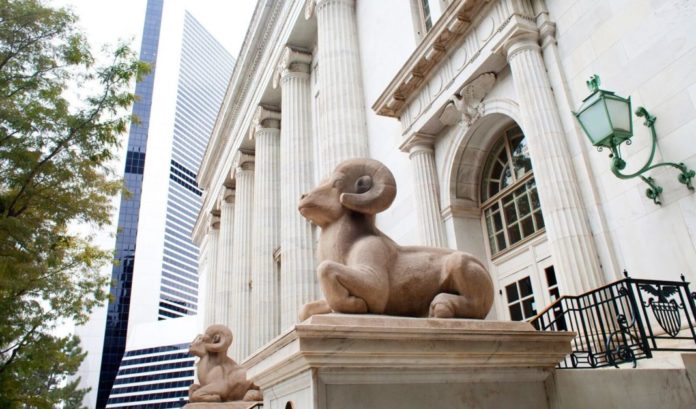
Editor’s Note: Law Week Colorado edits court opinion summaries for style and, when necessary, length.
In 2015, Jack Smalley applied for a bank loan to purchase a million-dollar home in Colorado Springs. On the loan application, Smalley said his annual income was $200,000. He provided a letter from his employer and a pay stub reflecting this salary. The credit union then issued the loan based on the documentation. At trial, the government presented evidence that Smalley lied about his income and provided fraudulent documents. He was convicted of one count of bank fraud and sentenced to six months in prison and three years of supervised release.
This appeal concerned the selection of jurors. During the jury selection process, the court conducted one round of voir dire followed by a round of voir dire conducted by the parties, after which the parties exercised their peremptory strikes. The government was permitted to strike six people from the pool of prospective jurors and one from the pool of prospective alternates.
During the attorney-led voir dire, Smalley’s counsel, Frank Moya, asked the panel whether anyone thought the federal government had too much power and if the government was too big. During this line of questioning, Jurors 30, 15 and six somewhat agreed with that statement.
After the parties identified the jurors they wanted to include, the government chose to strike jurors one, seven and 15. Moya raised a claim under the U.S. Supreme Court’s 1986 decision in Batson v. Kentucky, arguing that the government had stricken the jurors because they were Hispanic. During the Batson challenge, the government said it struck the chosen jurors for ethnicity-neutral reasons, including the answer given to the government size question, life experiences and demeanor. The challenge was denied.
On appeal, Smalley argued the district court committed a clear error in overruling the Batson challenge, comparing the answers of other jurors to those who the government decided to strike. Smalley contends that comparator evidence, alongside the fact the government used half its peremptory strikes to remove the only Hispanic panelists, was sufficient to show the district court’s rejection of his Batson challenge was erroneous.
The 10th Circuit Court of Appeals disagreed and ruled Smalley failed to meet his burden of proving intentional discrimination by the government in selecting the jury. The 10th Circuit affirmed the district court’s decision.

